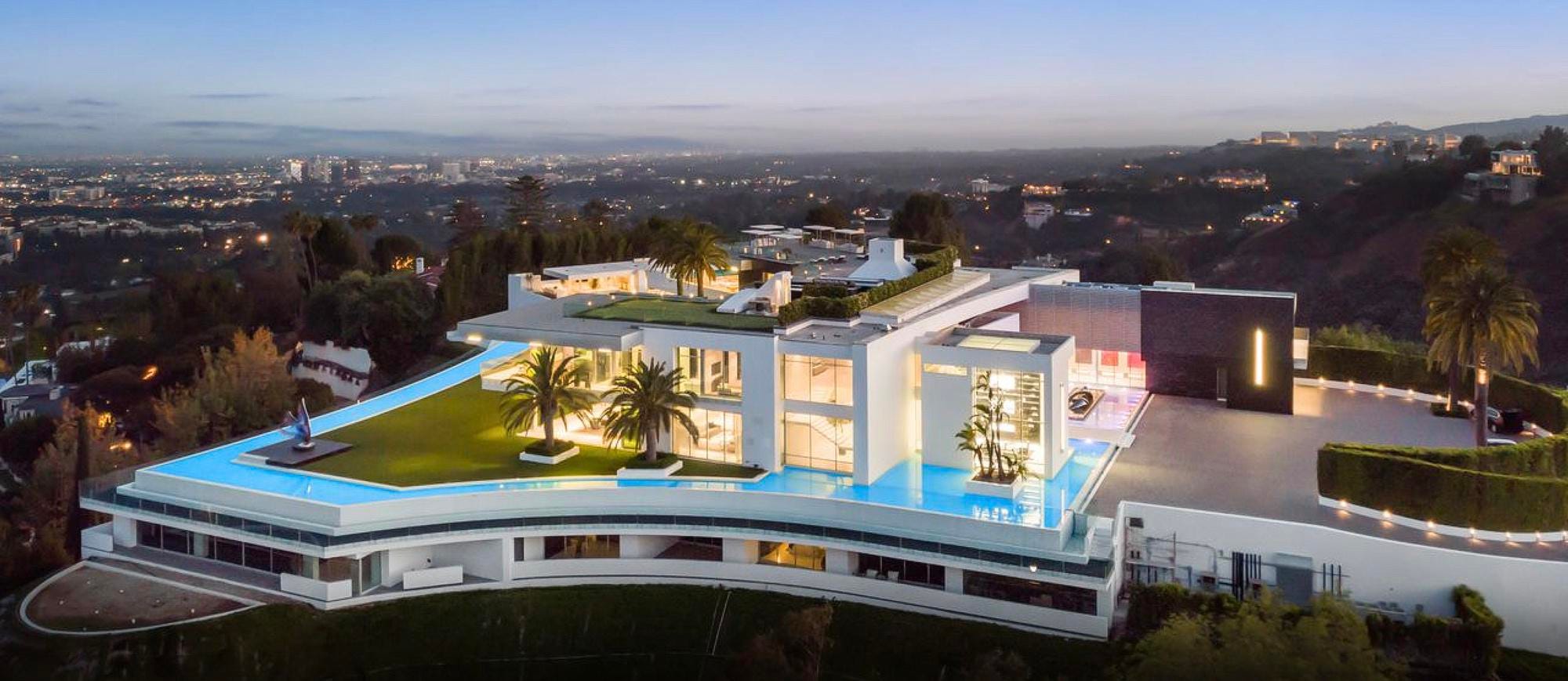How Multi-Functional Spaces Can Benefit Your Home

For many years, the living spaces inside our homes have often been used for single purposes. Even the way they are listed by estate agents suggests as much, with kitchen, bathroom, bedroom, and dining room each inferring only one option.
However, following the sharp increase in remote working, residents are now seeking to get as much potential out of their homes as possible, not only optimising spaces and creating new rooms but occasionally designing what are known as multi-functional spaces, those that can be used for more than one purpose and quickly adapted to suit various needs.
This has grown from the need for many residents to establish a home office, often which is set up in a space room or among a dining area. Since not every home has the option for a room entirely dedicated to a professional purpose, setting up a desk in a second bedroom is often the only choice. However, multi-functional spaces can create more options and even make remote working more comfortable for those having to compromise on space.
A multi-functional space is generally made with modular furniture. This could be a folding desk, retractable shelving, or collapsable seating; any asset that can be moved or stored depending on its necessity. These options allow for even a small space to host a variety of options. Folding desks, for example, can be stored at the end of a working day, allowing residents to then use the space for other purposes.
Some rooms can even be designed to be entirely multi-functional. Many residents that buy log cabins end up using the space as a blank canvas for various purposes, converting them into creative spaces and dining areas depending on the season and their needs.
Even those residents who may not actively need to create a new option for space may still benefit from adopting a multi-functional design. By combining living space utility, a home can be more efficiently organised and designed, making it more appealing to potential buyers and overall increasing the property’s value. Certain designs can also free up space elsewhere, making more options for storage or utility.
Multi-functional design is also associated with minimalism and has been championed by the likes of Marie Kondo who proclaims that efficient usage of space and a tidy home is more conducive to happiness. Small homes, understandably, do tend to find that a multi-functional approach to their living space design is beneficial, optimising their lifestyle and reducing clutter.
There are also certain ways in which multi-functional furniture can save money, being useful in multiple ways. A classic example of this is the sofa-bed, which can be utilised as both a sofa and a guest bed when required, optimising space and eliminating the need for both options to be purchased separately. Modular sofas are also popular, being easy to rearrange, allowing for residents to maximise their home’s space or accommodate extra guests when needed.
If you haven’t already considered adopting a multi-functional approach to your home then it might be worthwhile, especially as it becomes easier and more affordable to do so with designs becoming more popular each year.



